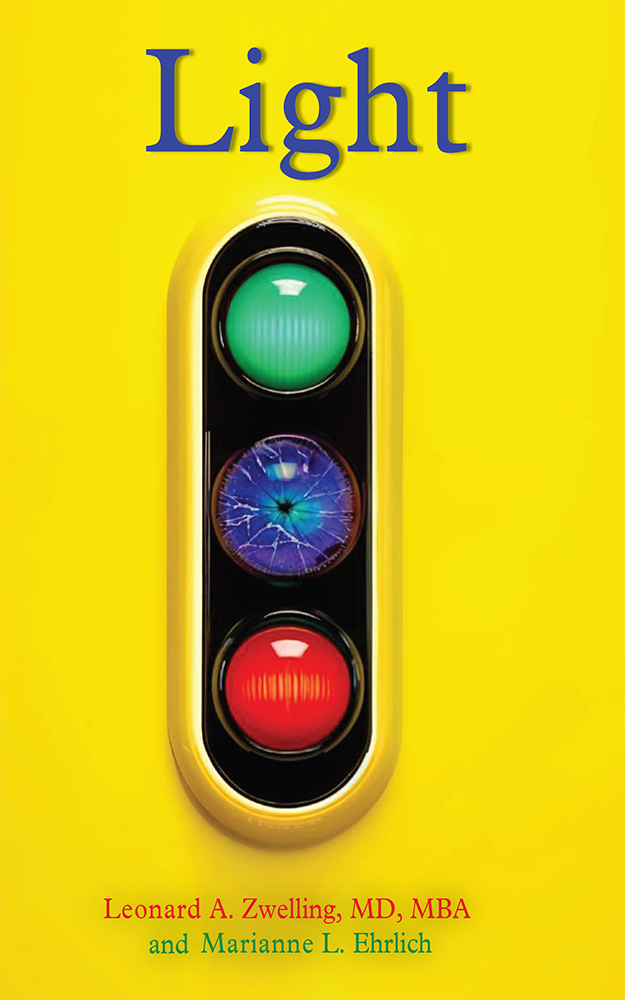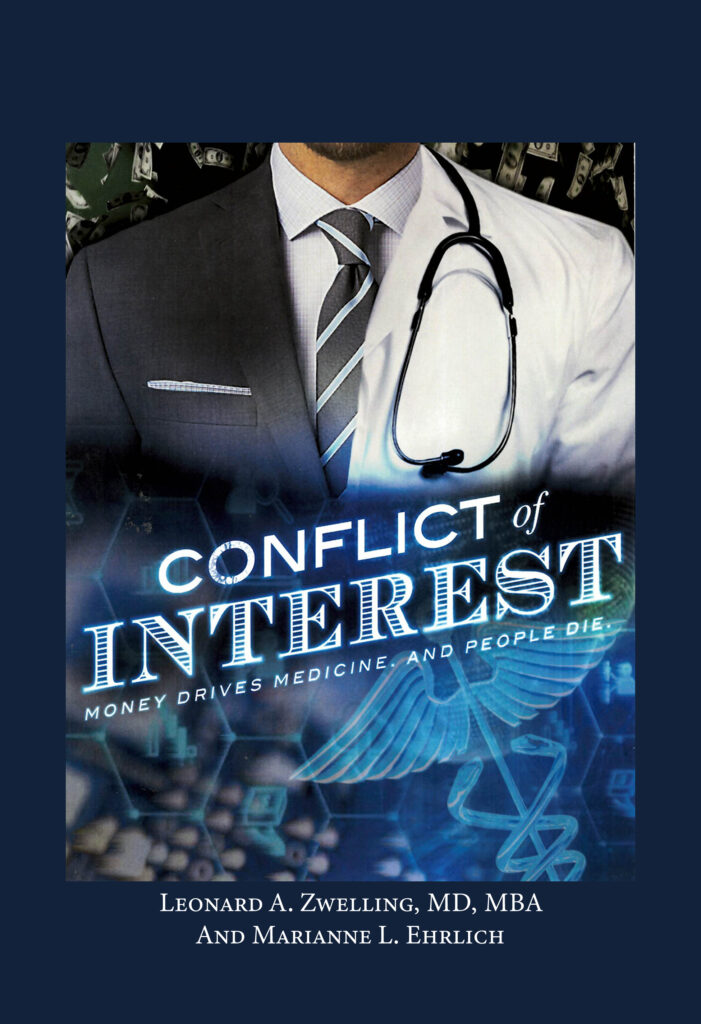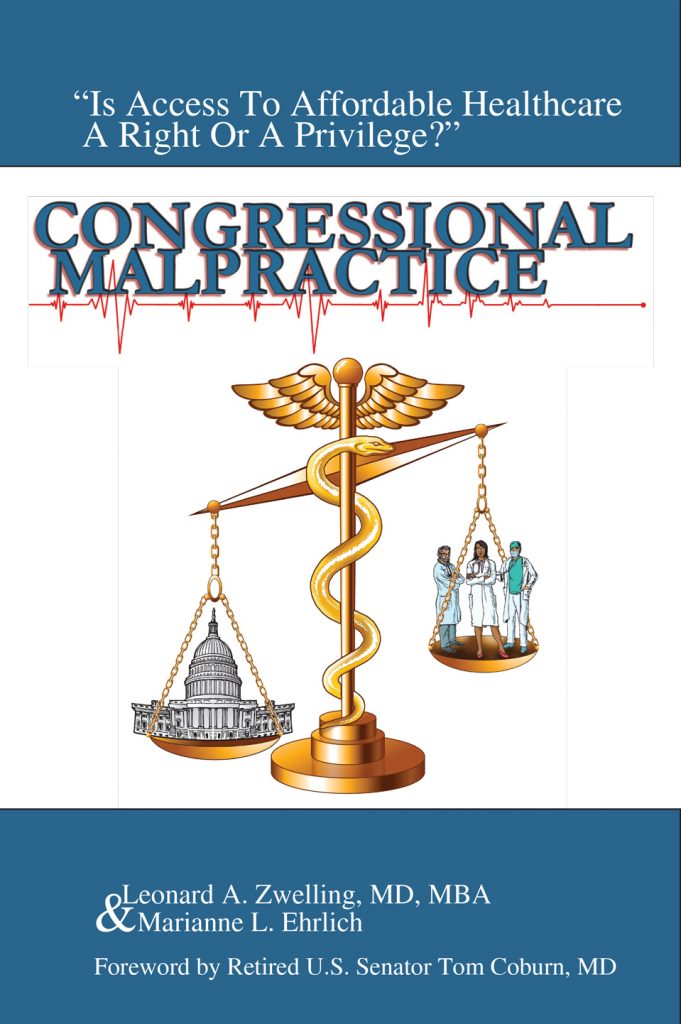On The BW’s Bucket List: Number One-The Panama Canal
By
Leonard Zwelling
I have been asked about what is on my bucket list. I have usually answered, “breathing.” In other words, if I am alive, my wishes for the day have been fulfilled. But my wife, Dr. Kleinerman, has very specific places she wants to go while we still can. And, by we, I mean me.
It has now been officially concluded that my back is not a surgical candidate at this time. Minimal surgical decompression of an impinged nerve root is not an option. Rather, fixing what’s wrong with my lumbo-sacral spine would be extensive, complex, and in no way guaranteed to be of benefit. I will need to get along with intermittent steroid injections, massage therapy, daily stretching, Pilates, and acupuncture. I can do that, but walking is difficult making traveling a challenge, from lengthy walks to airport gates to strolls around foreign cities, I am hampered by the sequellae of my running career.
Thus, we need to move along fulfilling the destinations on the BW’s bucket list.
Up first, the Panama Canal.
She studied the construction of the Canal in junior high school and always wanted to see it in action. So, we flew to Panama City.
Almost everything on this trip has been a surprise. The tour of the Jewish areas of Panama City were not of the typical small shops and the older homes seen in Buenos Aires or Montreal. Instead, there are huge apartment buildings near Orthodox synagogues on the Pacific Ocean. Some of these are for the wealthy. Others are for the ridiculously wealthy. There are about 15-20,000 Jews in Panama City and they appear to be living well. The very first leader of Panama was a Jew back in 1619. They have prospered in the ensuing years.
We were staying in the old part of the city. It did indeed have narrow streets, old sidewalks, and areas of poverty, but for the majority of the places we went, we were impressed with a clean, smoothly operating country at peace with itself, harboring ethnic diversity in relative calm. Panama is a real world cross roads. Panama even uses the American dollar as its currency despite having its own Balboa pegged to the dollar.
From cooking class, to coffee tasting (Geisha coffee from the west of the country sells for $10,000 a kilo and is brewed with the low intensity of tea), to the chocolate making, we learned a great deal about Panamanian culture through its food.
At the BioMuseo we learned that we were not going to be seeing any dinosaur bones from Panama as the bridge that constitutes this country between Costa Rica and Colombia is only 4 million years old.
On our last day, we finally got Genie to the Canal. We boarded a large ferry that took us through the actual Panama Canal, or at least through the southern half. Remember, the canal is cut from northwest to southeast meaning you go southeast to get to the Pacific.
The story of the Panama Canal that so enthralled Genie was the difficulty encountered in building it. The French attempted the feat first trying to reproduce the technology used in Suez, connecting two bodies of water through a land ditch. It did not work. The climate, mountains, and changing elevations made a simple connection between the Caribbean and the Pacific unworkable. The Americans succeeded by creating two large lakes and connecting them with a series of locks, ascending out of the Caribbean and descending to the Pacific. We traversed the latter half.
We sailed through a gate into a lock. We then waited for the huge cargo ship that would accompany us as each lock crossing is very costly and most are done with two ships involved simultaneously. Once the second ship got situated behind us, a considerable feat aided by land-based locomotives and canal-based tug boats, the water level dropped 33 feet and the gates in front of us opened to the next water level toward the Pacific. This occurred twice more until we had been dropped, only using gravity to manipulate millions of gallons of water, to the level of the last lake and then out to the Pacific.
Even this half crossing took about five hours, much of it waiting for our partner tanker to catch up which took a while as top speed on the Panama Canal is limited to 9 knots (about 10.4 mph).
My only question at the end was did the traverse fulfill the BW’s expectations? “Yes.” Then this first check box on her bucket list was a success.
Next up, Mt. Rushmore. Stay tuned.




